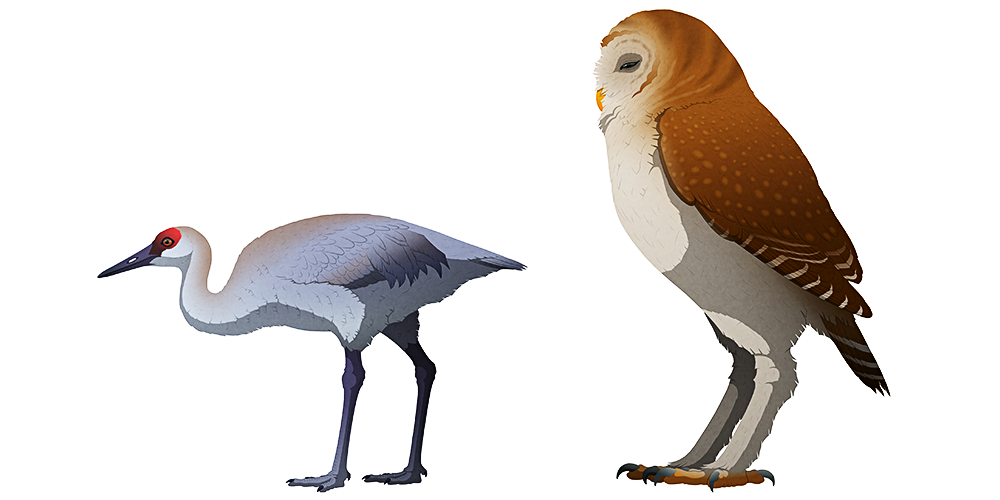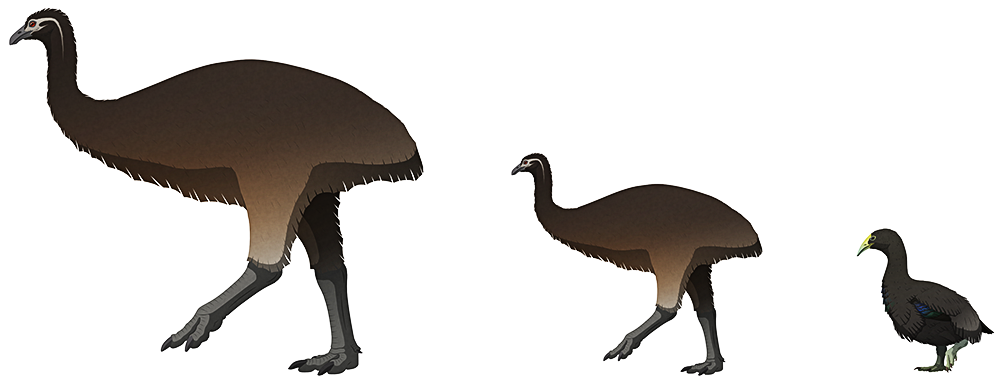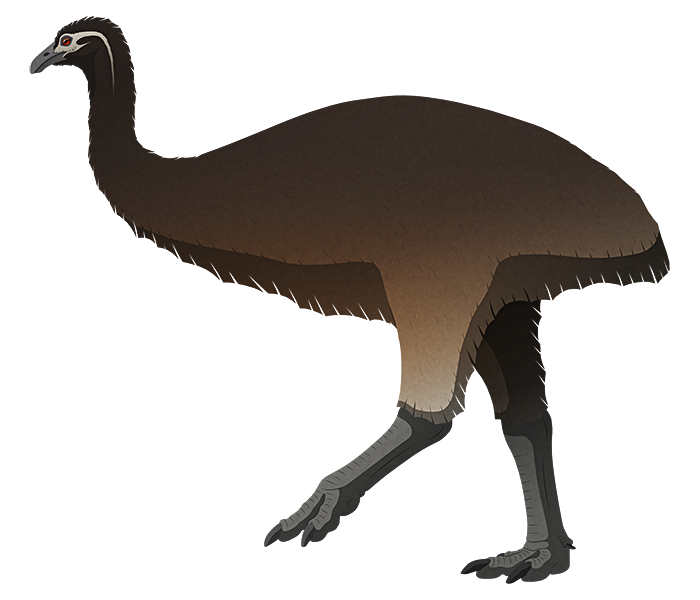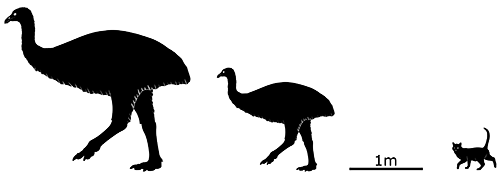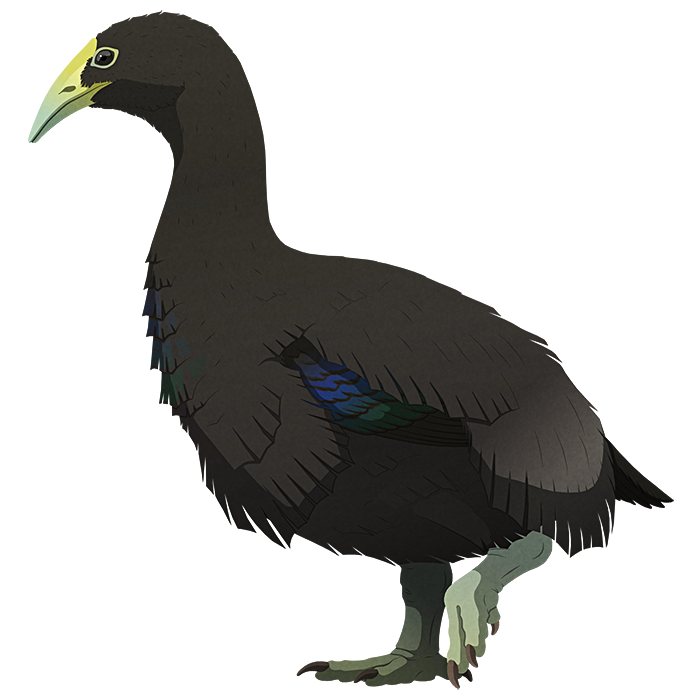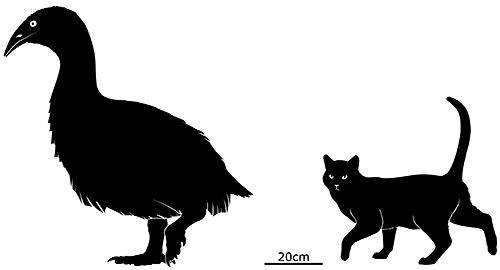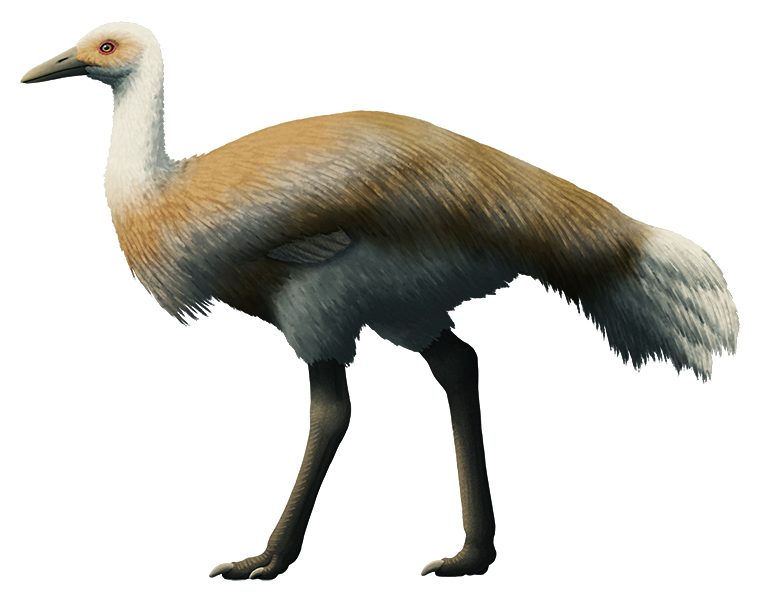Like many other isolated islands ancient Cuba lacked any large land predators, allowing some birds to exploit more terrestrial lifestyles.
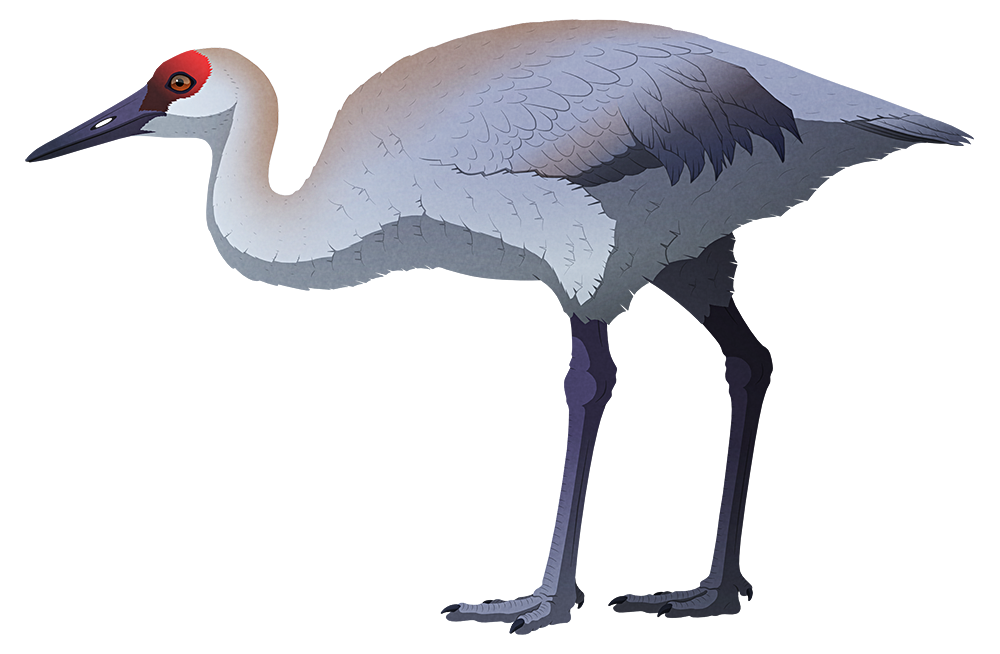
The Cuban flightless crane (Grus cubensis, or possibly Antigone cubensis) lived during the Late Pleistocene and Holocene. It was probably a descendant of the sandhill crane — and although an endemic variety of sandhill crane still exists in Cuba today, the two aren’t directly related to each other and instead are the result of two different colonization events.
It was about the same size as modern sandhill cranes, around 60cm tall at the back (2′) with a full height of about 1m (3’3″), but it was much more heavily built. It had stockier legs and a thicker beak, suggesting it may have been specialized for a different ecological niche than its ancestors, and its wings were reduced enough that it was probably completely flightless.
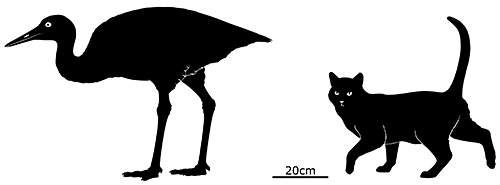
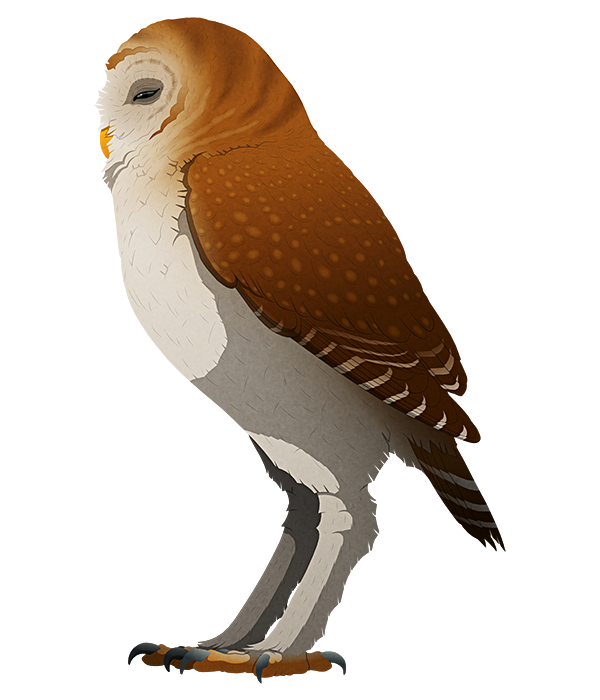
And, once again, there was also a weird owl on this island.
Ornimegalonyx oteroi was closely related to true owls in the genus Strix, and in a great example of convergent evolution did the exact same thing as the Grallistrix stilt-owls — it evolved into a long-legged short-winged ground-based apex predator.
But it was almost twice the size of its Hawaiian cousins, measuring about 1.1m tall (3’7″) and potentially being the largest owl to ever exist. Its remains were so big, in fact, that they were initially mistaken for those of a terror bird.
It was powerfully built and was probably a good runner, mainly preying on giant rodents and dwarf ground sloths. While its wings and flight muscles were reduced it might not have been entirely flightless, and it may have been still been capable of turkey-like short bursts of flight.
Three other species of Ornimegalonyx also stalked ancient Cuba at the same time, varying slightly in size from each other and probably each specializing in a different size class of prey.

Remains of both of these birds have been found in natural petroleum seeps on the northern coast of Cuba that date to as recently as about 6000 years ago, around the same time that humans first arrived. After that point they probably both went extinct very quickly — the flightless cranes were probably actively hunted and eaten into extinction, and the terror owls would have disappeared as their prey species dwindled away due to the same hunting pressures.

